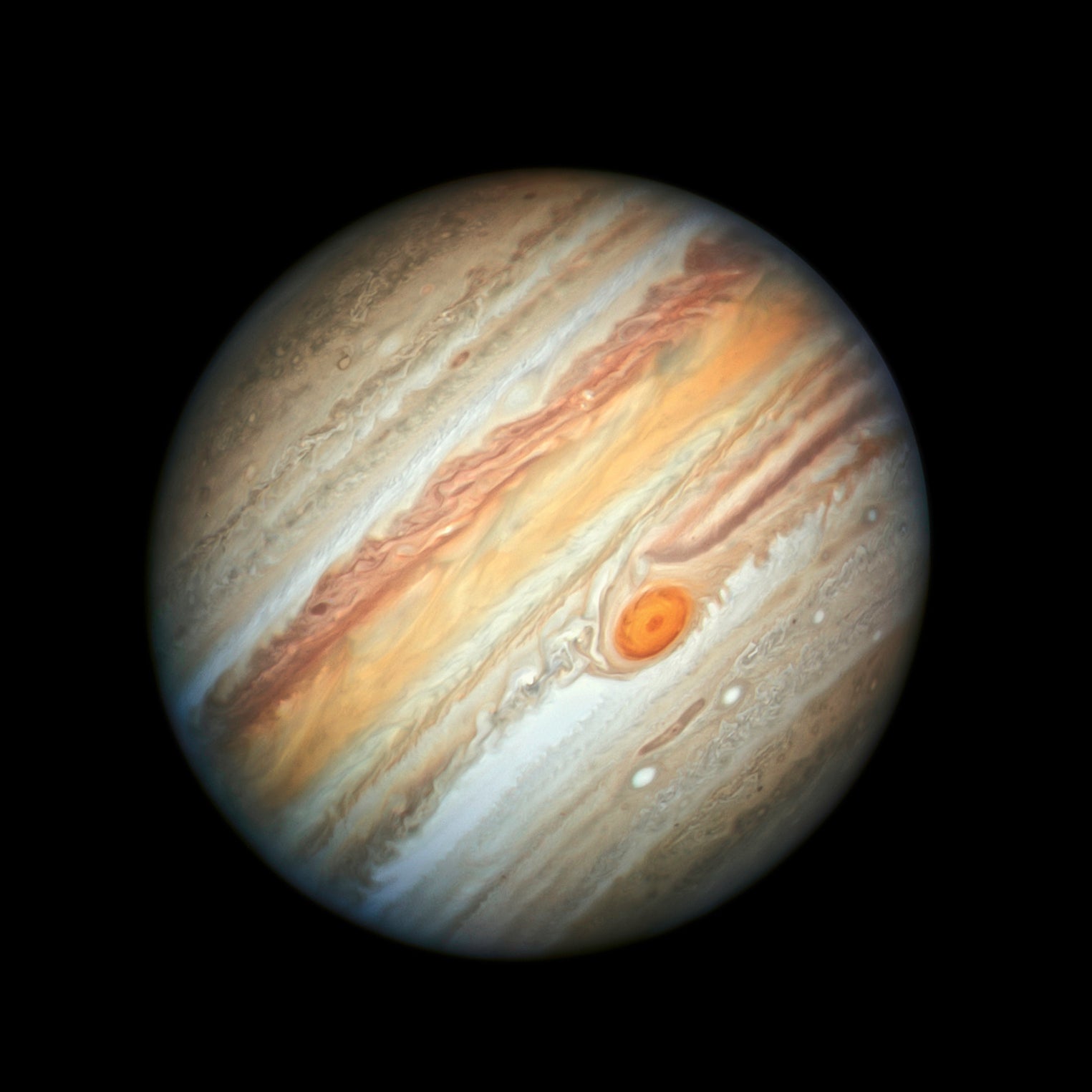Jupiter's moon count jumps to 92, most in solar system
Astronomers have discovered 12 new moons around Jupiter, putting the total count at a record-breaking 92

Your support helps us to tell the story
From reproductive rights to climate change to Big Tech, The Independent is on the ground when the story is developing. Whether it's investigating the financials of Elon Musk's pro-Trump PAC or producing our latest documentary, 'The A Word', which shines a light on the American women fighting for reproductive rights, we know how important it is to parse out the facts from the messaging.
At such a critical moment in US history, we need reporters on the ground. Your donation allows us to keep sending journalists to speak to both sides of the story.
The Independent is trusted by Americans across the entire political spectrum. And unlike many other quality news outlets, we choose not to lock Americans out of our reporting and analysis with paywalls. We believe quality journalism should be available to everyone, paid for by those who can afford it.
Your support makes all the difference.Astronomers have discovered 12 new moons around Jupiter, putting the total count at a record-breaking 92.
That's more than any other planet in our solar system. Saturn, the one-time leader, comes in a close second with 83 confirmed moons.
The Jupiter moons were added recently to a list kept by the International Astronomical Union’s Minor Planet Center, said Scott Sheppard of the Carnegie Institution, who was part of the team.
They were discovered using telescopes in Hawaii and Chile in 2021 and 2022, and their orbits were confirmed with follow-up observations.
These newest moons range in size from 0.6 miles to 2 miles (1 kilometer to 3 kilometers), according to Sheppard.
"I hope we can image one of these outer moons close-up in the near future to better determine their origins," he wrote in an email.
In April, the European Space Agency is sending a spacecraft to Jupiter to study the planet and some of its biggest, icy moons. And next year, NASA will launch the Europa Clipper to explore Jupiter's moon of the same name, which could harbor an ocean beneath its frozen crust.
Sheppard — who discovered a slew of moons around Saturn a few years ago and has taken part in 70 moon discoveries so far around Jupiter — expects to keep adding to the lunar tally of both gas giants.
Jupiter and Saturn are loaded with small moons, believed to be fragments of once bigger moons that collided with one another or with comets or asteroids, Sheppard said. The same goes for Uranus and Neptune, but they're so distant that it makes moon-spotting even harder.
For the record, Uranus has 27 confirmed moons, Neptune 14, Mars two and Earth one. Venus and Mercury come up empty.
Jupiter's newly discovered moons have yet to be named. Sheppard said only half of them are big enough — at least 1 mile (1.5 kilometers) or so — to warrant a name.
___
The Associated Press Health and Science Department receives support from the Howard Hughes Medical Institute’s Science and Educational Media Group. The AP is solely responsible for all content.